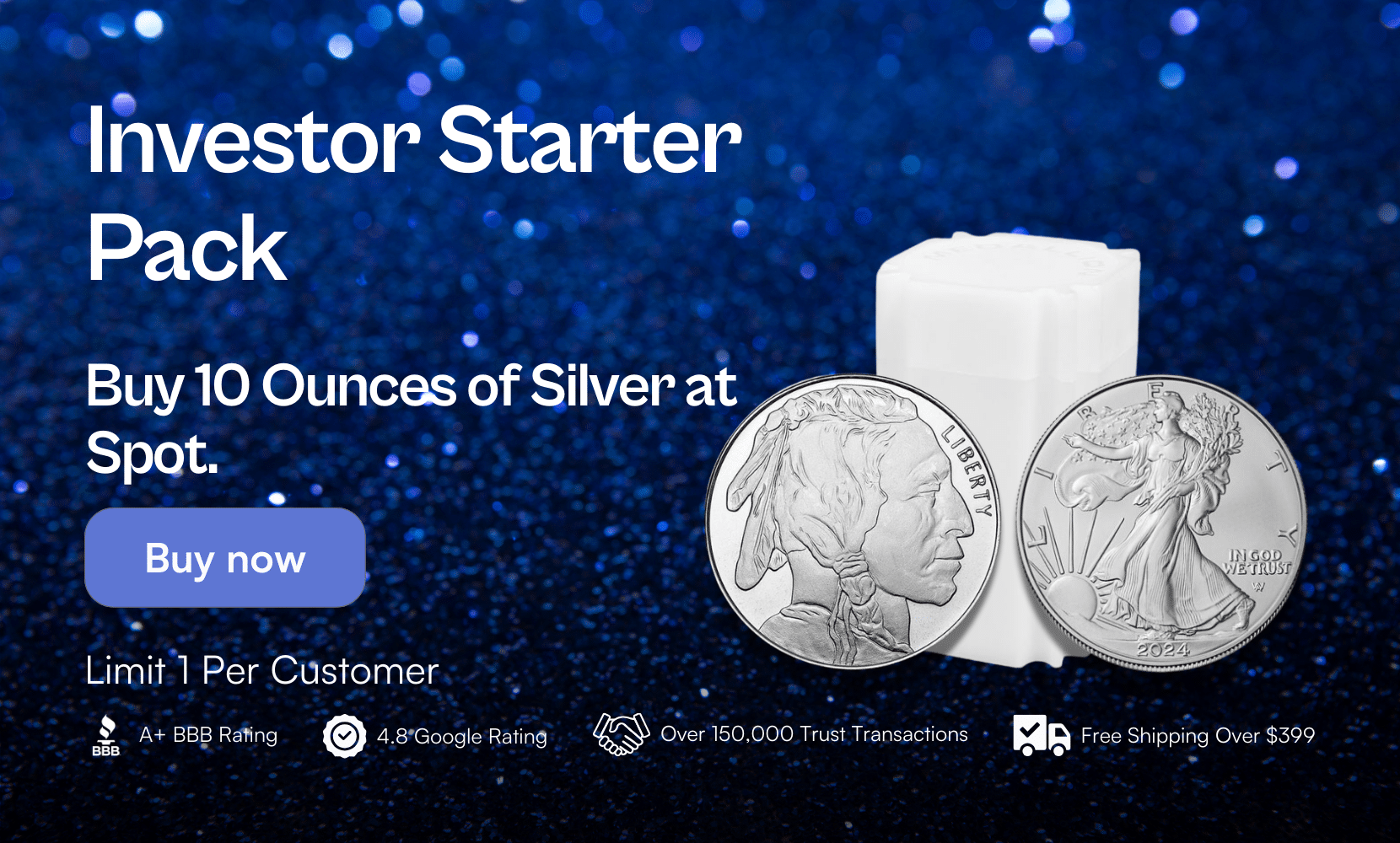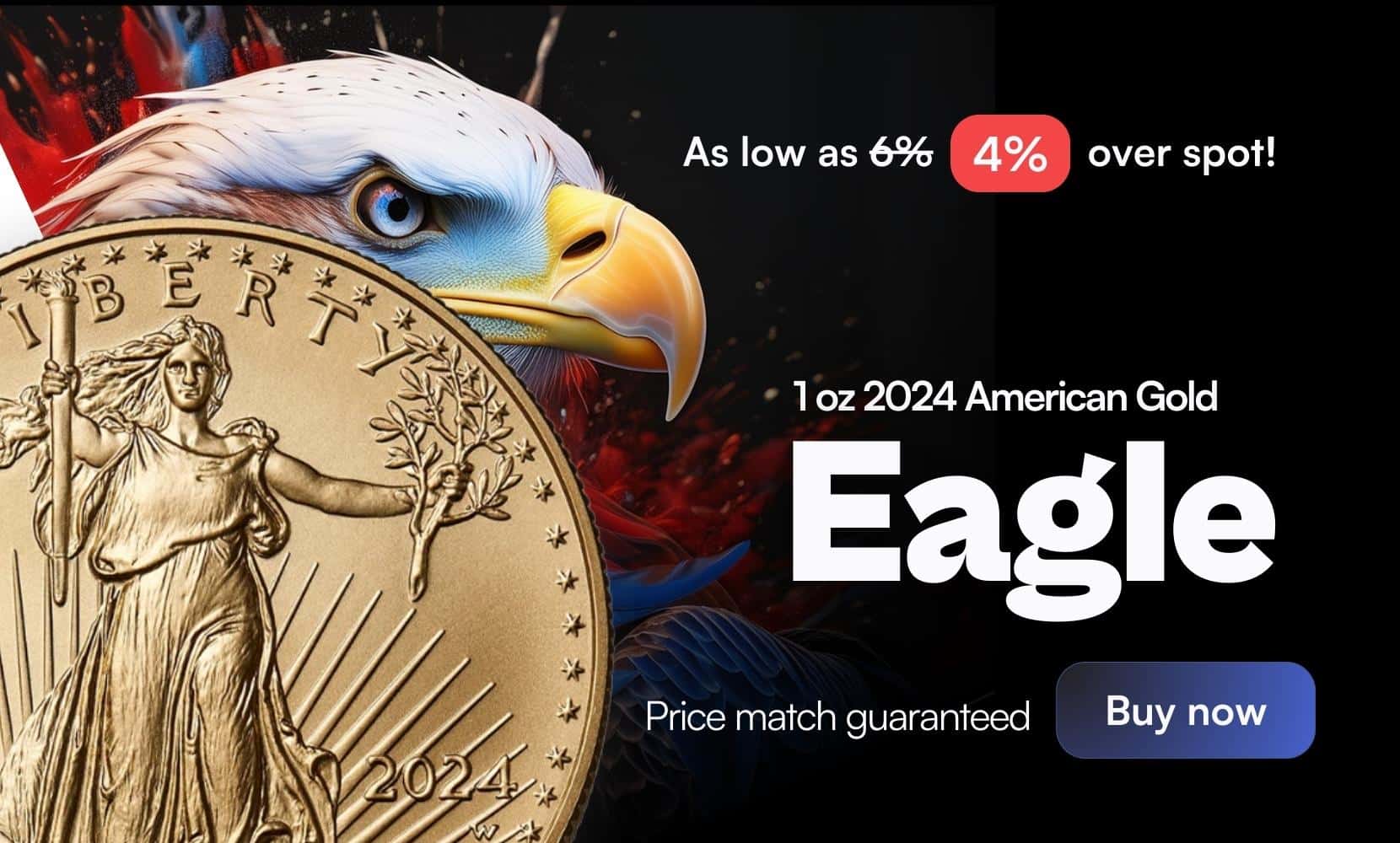Tracing Back the Shimmering Legacy of Gold Coinage: From Ancient Gold to Modern Precious Metals
In this riveting exploration, we delve deep into the history and evolution of gold coinage, tracing its path from the heart of ancient civilizations to modern times. Uncover the rich narrative of gold and silver, their transformation into ancient coins, and how they’ve become the cherished precious metals they are today. This read will not only satiate your curiosity but also enhance your understanding of the intriguing world of coinage. It’s certainly worth your time if you’re keen on exploring how the medium of exchange in antiquity has significantly shaped our contemporary economic landscape.
Key Takeaways:
- Understanding the birth of gold coinage and its evolution.
- Insight into how ancient civilizations influenced modern coinage.
- Appreciation for the value of gold and other precious metals.
- Clarifying the difference between a pawnshop and a precious metals dealer like Accurate Precious Metals.
What Makes Gold Coinage a Vital Precious Metal?
Gold coinage, with its origins dating back to the dawn of civilization, remains a highly valued precious metal. It was the Lydians in Asia Minor, now modern-day Turkey, who first discovered the practical use of gold as a medium of exchange in the 7th century BCE. A naturally occurring alloy of gold and silver known as electrum was used to create these first coins. The intrinsic gold content of this alloy not only offered an appealing aesthetic but also lent the coins a high perceived value. Consequently, the Lydian innovation of gold coinage marked a significant turning point in the history of commerce, setting the stage for a millennium of economic evolution.
Subsequently, the technology and art of minting coins spread across different empires, transcending from ancient civilizations to modern times. From the 6th century BC, coins were minted using pure gold and silver, a crucial change initiated by King Croesus of Lydia. Coins became a standardized and universally accepted means of exchange, significantly simplifying commercial transactions and thereby stimulating trade and economic growth.
How Did Ancient Gold Coins Shape the Earliest Coins?
The transition from electrum to pure gold and silver coins marks an important era in the history of coinage. Gold coins came to be known for their consistency in weight and purity, while silver coins were used more widely due to their lower value. The process of minting these coins involved imprinting a design onto the coin, often featuring the ruler’s image on the obverse side, a tradition still followed in many nations today. This shift from naturally occurring alloy to pure gold and silver was not just about the material but the civilization’s progress, signifying the advancement of ancient societies in terms of commerce and governance.
A significant example is the famous denarius of the Roman Empire, introduced in the late 3rd century BCE. Denarius, a silver coin, became the standard coin for Roman commercial transactions. The gold variant, known as ‘aureus,’ was minted around the same period, often bearing the portrait of the reigning emperor. The value of different coins was defined by their weight and the value of gold and silver in the market, a practice that continues today with modern bullion coins.
What Differentiates Accurate Precious Metals from a Pawnshop?
When it comes to purchasing or selling your precious gold and silver coins, understanding the difference between a pawnshop and a dealer like Accurate Precious Metals is crucial. A pawnshop typically provides loans in exchange for items of value, which they sell if the loan is not repaid. In contrast, Accurate Precious Metals is not a pawnshop. We focus on buying your gold and silver at prices far superior to what you would receive at a pawnshop. Additionally, our knowledgeable team can offer insights into the history and value of your coins, ensuring a more rewarding experience for our customers.
Moreover, if you’re not local to our physical location in Salem, Oregon, we have a mail-in service available. Mail in your gold, mail in your silver, mail in your diamonds, or mail in your jewelry, and our team will handle the rest, ensuring a secure, efficient, and satisfactory transaction for you.
Why Should Collectors and Investors Choose Accurate Precious Metals?
Accurate Precious Metals is a leading dealer specializing in gold coins, silver coins, and other precious metal products. Whether you’re a collector passionate about ancient coins or an investor looking for an asset that retains value, especially in times of economic uncertainty, Accurate Precious Metals offers a broad range of products to cater to your specific needs. We understand the value of gold and the role it has played since antiquity, and we strive to offer the best prices and service to our customers.
Furthermore, our staff is well-versed in the rich history of coinage, from the Lydian electrum coins of the 7th century BCE to the modern coins made of gold, silver, and other precious metals. So whether you’re selling a single gold coin or a hoard of ancient coins, or buying a specific coin to complete your collection, trust Accurate Precious Metals to deliver a service that’s as precious as the metals we deal with.
In Conclusion:
- Gold coinage, first introduced by the Lydians, has profoundly influenced the evolution of commerce.
- The shift from electrum to pure gold and silver coins represents a significant milestone in the history of coinage.
- Accurate Precious Metals is a dealer, not a pawnshop, focusing on buying your precious metals at competitive prices.
- Accurate Precious Metals offers an array of gold coins and other precious metal products to collectors and investors, backed by top-tier customer service. For more information visit accuratepmr.com!
FAQs
Q: What is the process of creating gold coins?
A: The process of creating gold coins involves several steps. First, the raw gold is melted down and purified to remove impurities. Then, the molten gold is poured into molds in the desired shape of the coin. Once the gold has hardened, it is carefully removed from the molds and inspected for quality. The coins are then engraved with the appropriate designs and inscriptions. Finally, the coins are polished to give them a shiny finish.
Q: How were gold coins made in ancient times?
A: In ancient times, gold coins were made using a different process. The raw gold was first heated until it became soft and malleable. It was then hammered into thin sheets, from which individual coins were cut. These coins were often irregular in shape and size. After the cutting process, the coins were engraved with the necessary designs and markings.
Q: When and where were the first gold coins made?
A: The first gold coins were made in ancient Lydia, a kingdom in what is now modern-day Turkey, around the 7th century BC. These coins were made of electrum, a natural alloy of gold and silver.
Q: Were gold coins widely used in ancient Greece?
A: Yes, gold coins were widely used in ancient Greece. They were used as a form of currency and were valued for their intrinsic worth. Gold coins were used for trade and commerce, and also played a role in religious and ceremonial activities.
Q: Are gold coins still in use today?
A: Yes, gold coins are still in use today. While they may not be as common as paper currency, gold coins are still valued as a form of investment and are often collected by enthusiasts.
Q: What other metals were used to make coins besides gold?
A: Besides gold, ancient civilizations also used silver and bronze to make coins. Silver and bronze coins were more common than gold coins and were used for smaller denominations.
Q: How were ancient coins struck?
A: Ancient coins were struck by placing a blank piece of metal, or planchet, between two engraved dies. The upper die, or obverse die, was usually engraved with the image of a ruler or deity. The lower die, or reverse die, featured the design for the reverse side of the coin. The planchet was then struck with a hammer or pressed using a mechanical device to create the final coin.
Q: How much gold was usually used in a gold coin?
A: The amount of gold used in a gold coin varied depending on the time period and region. However, a common weight for a gold coin was 1 stater, which equaled approximately one ounce of gold.
Q: What were gold coins used for in ancient times?
A: In ancient times, gold coins were used for various purposes. They were used as a medium of exchange in trade and commerce, and were also used for religious and ceremonial purposes. Gold coins were often seen as a symbol of wealth and power.
Q: Where did the gold used for ancient coins come from?
A: The gold used for ancient coins came from various sources. It was often obtained from gold mines located in different regions. Additionally, gold was sometimes acquired through trade with other civilizations.
 Have a question?
Have a question?





